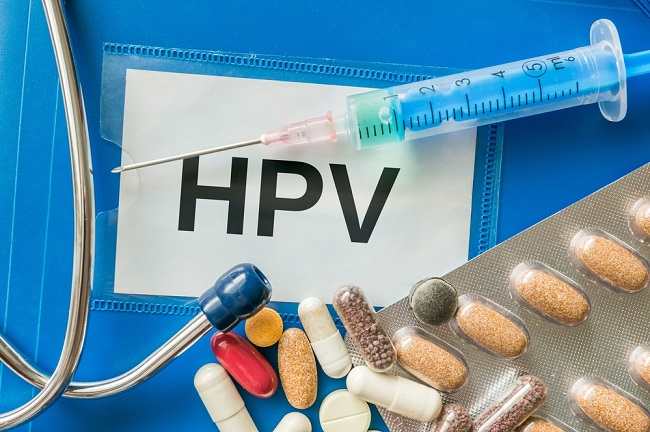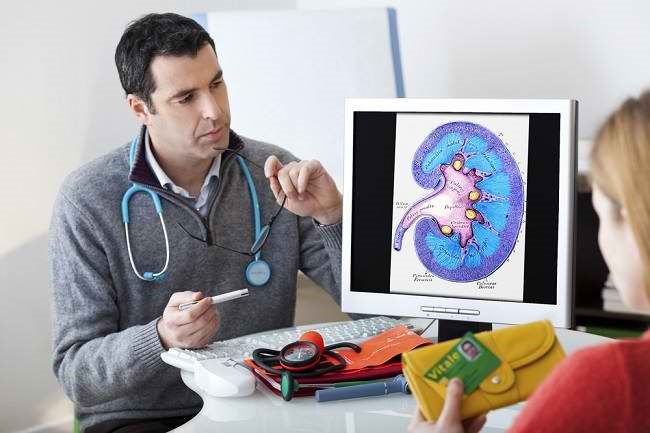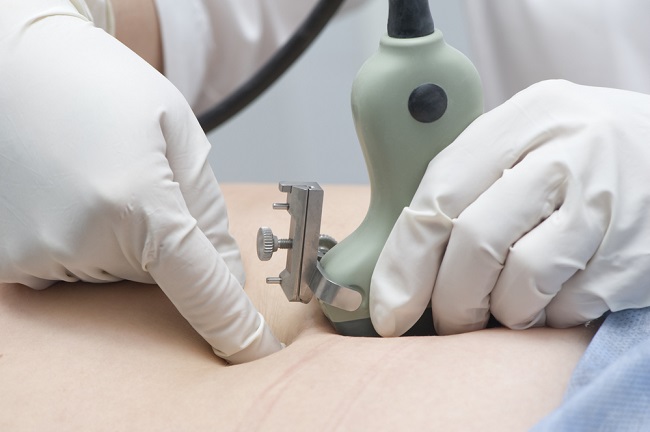An emergency condition in diabetes can occur when blood sugar levels fall too low or rise too high than normal. This risks causing serious health problems, coma, and even death. By kTherefore, the signs and symptoms of an emergency in diabetes important to know.
When a person eats carbohydrates, the digestive tract breaks them down into smaller sugar molecules, known as glucose. Glucose is then absorbed into the body's cells with the help of insulin, to be used as an energy source.

When the amount of insulin is too low or there are abnormalities in the cells that make it difficult for insulin to be used, then the level of glucose in the blood increases. Over time, this condition can lead to diabetes.
Symptoms of an Emergency in Diabetes
Diabetics need to recognize the signs and symptoms of a diabetes emergency. Because if ignored and left without help, this condition can lead to coma, permanent brain damage, or even death. The following are some diabetes emergencies that you need to be aware of:
Hypoglycemia
Hypoglycemia is a condition in which blood sugar levels are too low. This can happen because people with diabetes are taking diabetes medication in too high a dose, forgetting to eat after taking diabetes medication or taking insulin, eating too little, exercising vigorously, or consuming alcohol.
When experiencing hypoglycemia, a person may experience the following symptoms:
- Feeling hungry or increasing appetite.
- Body shaking.
- Dizzy.
- Weak.
- Heart beat.
- Sweating.
- Anxious or restless.
- Faint.
When experiencing a drop in blood sugar that is too drastic, diabetics need to immediately get sugar intake to raise their blood sugar levels. This intake can be obtained from consuming sugar, fruit juices, sweet tea, honey, or sweets.
After 15 minutes, if the symptoms have not improved, repeat the administration of sugar again. If it has been done three times but there is no improvement, the condition worsens, or even convulsions or faints, immediately go to the nearest emergency room (IGD).
Diabetic ketoacidosis
This condition is a type of metabolic acidosis that occurs when starving body cells are forced to break down fat as an energy source. Cells can starve because the body lacks insulin or cannot use insulin properly to get glucose into cells as a source of energy.
The breakdown of fat produces ketones which can be toxic (poisonous) for the body if the amount is excessive. Diabetic ketoacidosis is one of the most dangerous emergencies in diabetes.
Diabetic ketoacidosis is more at risk for diabetes patients who have certain conditions, such as infection, injury, surgery, uncontrolled blood sugar, or heart disease. Symptoms of diabetic ketoacidosis can include:
- Feeling very thirsty and weak.
- Hard to breathe.
- Chest pounding.
- Dry mouth and skin.
- Frequent urination.
- Breath smells like fruit.
- Nausea, vomiting, and abdominal pain.
- Dizzy.
- Faint.
- Coma.
Diabetic patients who experience these symptoms should immediately seek medical attention at the hospital. The doctor will give treatment through an IV and give insulin to lower blood sugar levels gradually. If left untreated, this condition can lead to fatal complications.
Diabetic hyperosmolar hyperglycemic syndrome
Syndrome also known as hyperosmolar hyperglycaemic state (HHS) occurs when blood sugar levels reach 600 mg/dL or more, so the blood of diabetics becomes thick. In this situation, the body will try to get rid of the excess sugar through urine, which actually makes diabetics dehydrated.
If left untreated, the diabetic hyperosmolar hyperglycemic syndrome can end in coma and death. About 57% of these cases are caused by bacterial infections, 21% are caused by irregular consumption of diabetes medication, and the rest are caused by heart disease, kidney disorders, or stroke.
Diabetics who experience this emergency can show symptoms such as:
- Dry mouth and thirst.
- Sunken eyes.
- Cold hands and feet.
- Chest pounding.
- Fever.
- Confusion.
- Weakness on one side of the body.
- seizures.
- Fainting or coma.
Diabetic patients who experience this emergency condition must be immediately taken to the emergency department (IGD) at the nearest hospital, for treatment.
Prevention of Diabetes Emergencies
To prevent diabetes emergencies, there are several steps that must be taken, namely:
- Adhere to the rules for using diabetes medications and insulin. This includes the dose and time of use.
- Keep the time and portion of meals are always regular.
- Check blood sugar levels regularly. In addition to the usual blood sugar test kits, you can also monitor blood sugar (continuous glucose monitor/CGM). CGM is a small device that is inserted into the skin tissue to monitor blood sugar levels continuously. Research shows that CGM can improve the quality of blood sugar control in people with diabetes.
- Provide sugar intake, such as candy or sugary drinks, which are ready to be consumed when blood sugar suddenly drops.
- Do not smoke and avoid alcohol consumption.
- Pay attention to the symptoms that may arise after exercising and prepare enough sugar intake.
Now, now that you know about the dangers of diabetes emergencies, right? You need to be aware of the symptoms to avoid a fatal condition. However, what is more important is preventing diabetes emergencies, by following the steps above. Do not forget to regularly check with the doctor if you have diabetes.
written by:
dr. Irene Cindy Sunur









